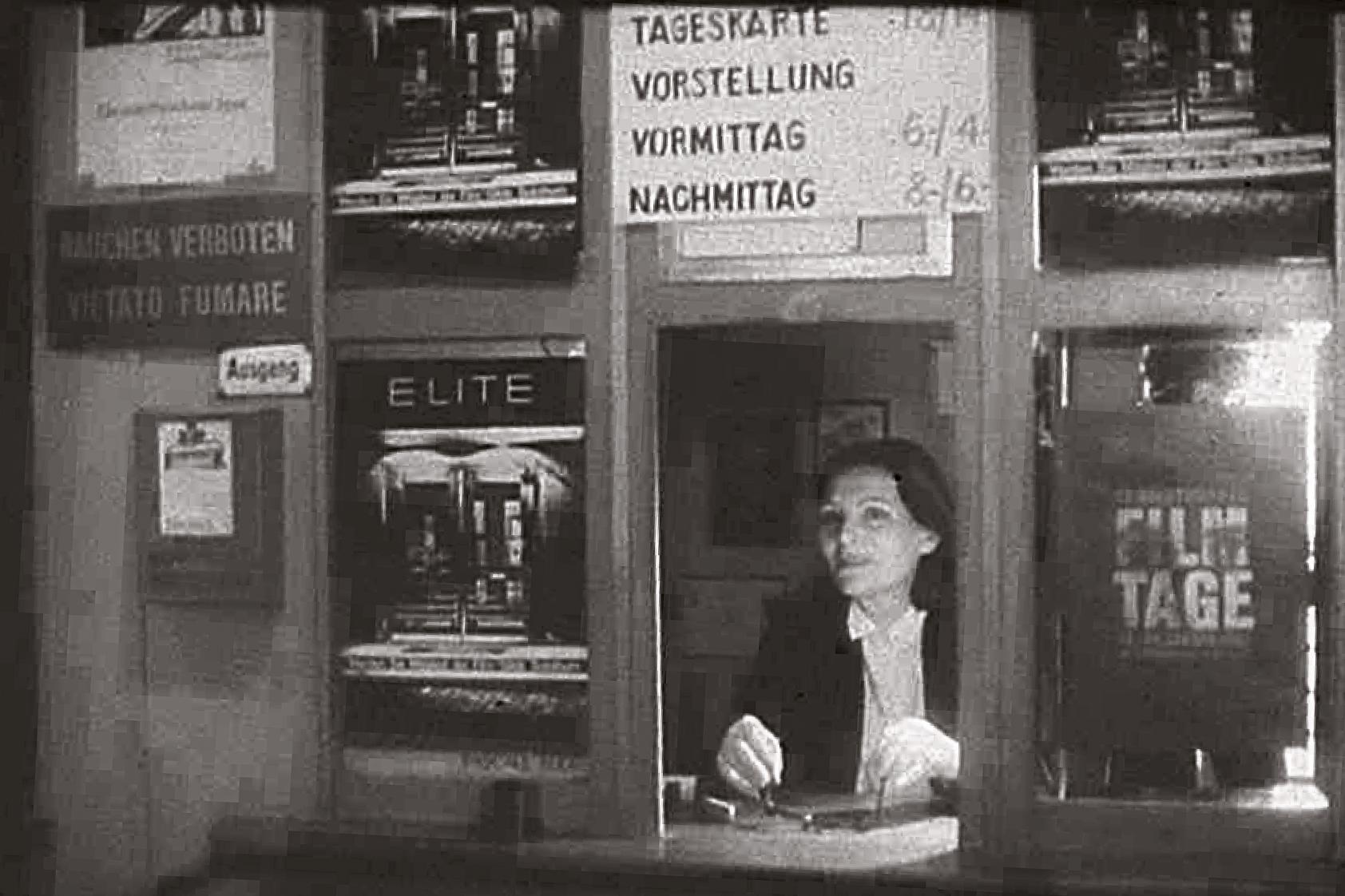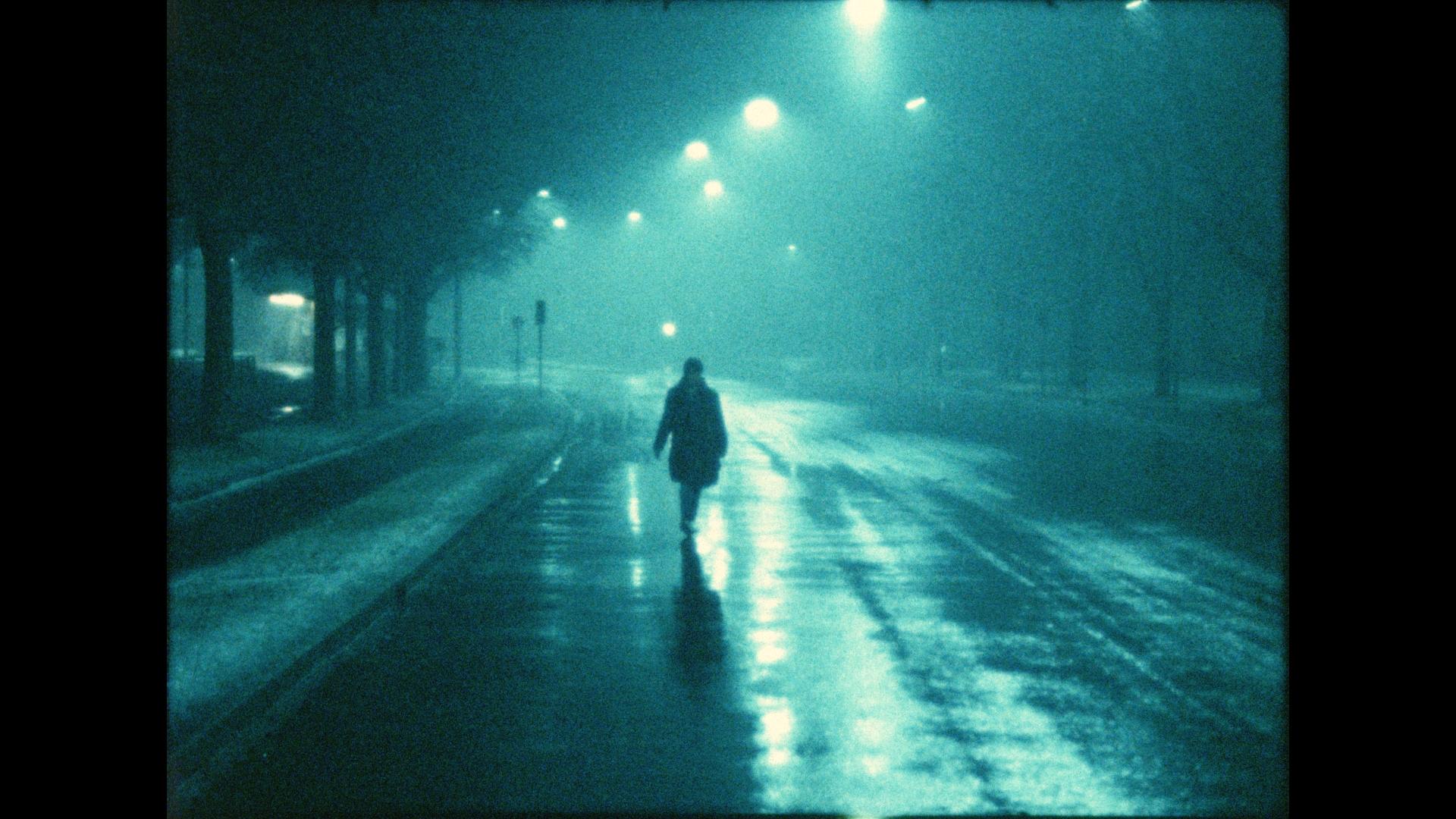
The birth of modern Swiss cinema

The Solothurn Film Festival, credited with giving rise to a new generation of auteur cinema, celebrates its 50th anniversary this year.
It was in 1966, with audience numbers falling and the winds of change blowing across Europe that a group of film professionals first came together to discuss the future of Swiss cinema.
A new wave of cineastes had already begun to emerge: anti-conformist, rebellious and politically engaged, they were inspired by the auteur cinema that was fashionable in other European countries. They rejected the postcard image of Switzerland – Emmental landscapes or petty-bourgeois dramas – that were prevalent in the films of Franz Schnyder or Kurt Früh that had captivated the public during the 1950s. Instead, they wanted to tell stories of real life in factories and schools, in the homes of migrants and the marginalised. The arrival of the 16mm camera and direct sound gave them the freedom to do so.
The real shift occurred in 1964 when Henri Brandt’s series of short films “Switzerland ponders”, and Alain Tanner’s “The Apprentices” were screened at Expo64 in Lausanne. In the same year, Alexander J. Seiler released “We Italians” which for the first time brought the question of foreigners to the big screen.
And so it was at Solothurn that an unprecedented gathering of cinephiles took place and became the festival that would officially sanction the birth of a new kind of Swiss cinema. Marking a golden age – or “small Swiss miracle” as it was described in the foreign press – the films of Tanner, Goretta, Soutter, Dindo, Schmid or Murer would become the talk of Europe and beyond until the 1980s.

More
Groundbreaking films from Swiss cinema
The Swiss New Wave
Largely ignored until this point, Swiss cinema made a name for itself abroad with “Charles, dead or alive” (1969), the first feature film by the French-speaking director Alain Tanner and Ticinese cinematographer Renato Berta. The film tells the story of a middle-class businessman who, inspired by the events of 1968, decides to abandon his bourgeois life and regain his freedom. The film won the Golden Leopard at Locarno and became Switzerland’s first heir to the French New Wave.

French-language fiction led the beginning of the Swiss film renaissance, thanks largely to the pioneering role of public television that produced the first works by Group 5, made up of young talents including Tanner, Claude Goretta, Michel Soutter, Jean-Jacques Lagrange and Jean-Louis Roy.
“In Switzerland, there were no film schools. The directors were often self-taught or trained abroad. So television was a fundamental place for apprentices to learn, a springboard for the young French-speaking Swiss,” says Ivo Kummer, head of the cinema department at the Federal Office of Culture and former director of the Solothurn Film Festival.
The successes came one after the other. In 1971, “The Salamander”, another film by Tanner, brought in an audience of more than 145,000 in Switzerland and some two million around the world, according to Cinébulletin. A few years later in 1977, “The Lacemaker” by Claude Goretta, was seen by 500,000 people in Paris alone.
The interest generated by French-language films abroad sparked enthusiasm in the German-speaking part of Switzerland. There, political documentaries made their mark, even if at the beginning these films struggled to find an audience abroad. Fiction on the other hand was a late starter, due in part to a difficult relationship with public television.
“The young directors felt that their colleagues working in television were traitors, and for its part, television considered the young directors too stubborn and their films too experimental for its audience,” explains Thomas Schärer, author of “Between Gotthelf and Godard”, a book filled with anecdotes and accounts of the history of New Swiss cinema.
Strength in unity
Despite the language and cultural barriers, a dialogue between the youth of the 60s and 70s germinated, particularly in relation to political issues. Making independent films was difficult: structures were non-existent, money limited and directors often had to distribute their films themselves in film clubs, schools and associations. Obtaining public support was therefore a priority, and the young filmmakers quickly realised that there was strength in unity.
Given its geographic location, prioritising interaction and debate amongst the film community immediately became the foundation of the Solothurn festival.
“At that time, it took hours to travel from Zurich to Geneva, and it was expensive,” says Shärer. “And there was also the language barrier. The spirit of Solothurn was the encouragement of dialogue and it was here that most of the structures that still exist today were created, such as the associations or Cinébulletin.”
Public support for cinema was a central theme of the first edition of the festival. Which films to finance? Who should decide based on what criteria? Switzerland was keen for a new kind of cinema but the directors were still forced into a conservative mentality under the influence of the churches and a political context marked by the Cold War.
“Documentaries produced during these years often caused an outcry, shook the conscience and launched debate on a national level. They had a bigger political impact than a film can have today,” says Schärer.
Such was the case, for example, of Richard Dindo’s film “The execution of the traitor to the homeland Ernst S.”, presented at Solothurn in 1976. For the first time, Switzerland’s controversial role during the Second World War was examined in a critical manner. The government denounced the film, accusing the author of a “tendency to manipulation”, and refused to give him a promised quality bonus. The subsequent publication of the Bergier report in the 1990s put the issue back in the headlines and forced Switzerland into a mea culpa regarding its relationship with Nazi Germany.
What remains?
Fifty years later, with some 500,000 spectators, the Solothurn Film Festival is still going strong, but it is no longer the platform for debate that it once was, says Schärer.
“Today, directors are more individualistic, the structures are there, and to discuss things, there is email, Skype and other festivals,” he says. “The Swiss cineastes no longer feel part of a new movement, of a time of change. And at the same time, there is no longer a ‘Swiss brand’. Today’s films are all very different from each other, and even when they are successful abroad, they are not identified as part of a ‘Swiss miracle’.”
Despite that, do the films of these years still represent a model?
“I have the impression that the Swiss directors of the 60s and 70s are coming back into fashion amongst students,” says Lionel Baier, head of the cinema department at Lausanne’s art school ECAL and figurehead of the new generation of Swiss filmmakers. “They are fascinated by the 16mm camera, and by these films which married politics and poetry.”
But today’s society is different and the world is no longer divided between east and west. “The same thing goes for films. They no longer seek to show the good and the bad, but rather the multiple facets of a problem. Swiss cinema … has grown up,” says the former festival director Kummer.
For all that, a battle fought by the fathers of modern Swiss cinema has not yet been completely won: the freedom to dare.
“When I watch the films from that time again, it strikes me that the directors had a much greater freedom of tone, they were much more politically incorrect,” says Baier. “Today, there’s no state censorship as there was at the time, but the censorship is in our heads, and that is much more serious and much more dangerous.”
“The so-called crisis of Swiss cinema […] is not a crisis of substance, but a crisis of sincerity and vision, of courage and responsibility […]. I no longer believe in Swiss films but in films by Swiss,” said Stephan Portmann in 1966, at the closure of the first Solothurn Film Festival. Professor and director, Portmann (1933 – 2003) directed the Solothurn Film Festival from 1967 to 1986.
(Source: Thomas Schärer, “Between Gotthelf and Godard”, Limmat Editions, 2014)
(Translated by Sophie Douez)

In compliance with the JTI standards
More: SWI swissinfo.ch certified by the Journalism Trust Initiative





























You can find an overview of ongoing debates with our journalists here . Please join us!
If you want to start a conversation about a topic raised in this article or want to report factual errors, email us at english@swissinfo.ch.